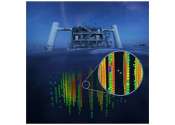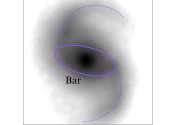Hunting for the elusive: IceCube observes seven potential tau neutrinos
Researchers at the IceCube Neutrino Observatory in Antarctica have found seven signals that could potentially indicate tau neutrinos—which are famously hard to detect—from astrophysical objects.









